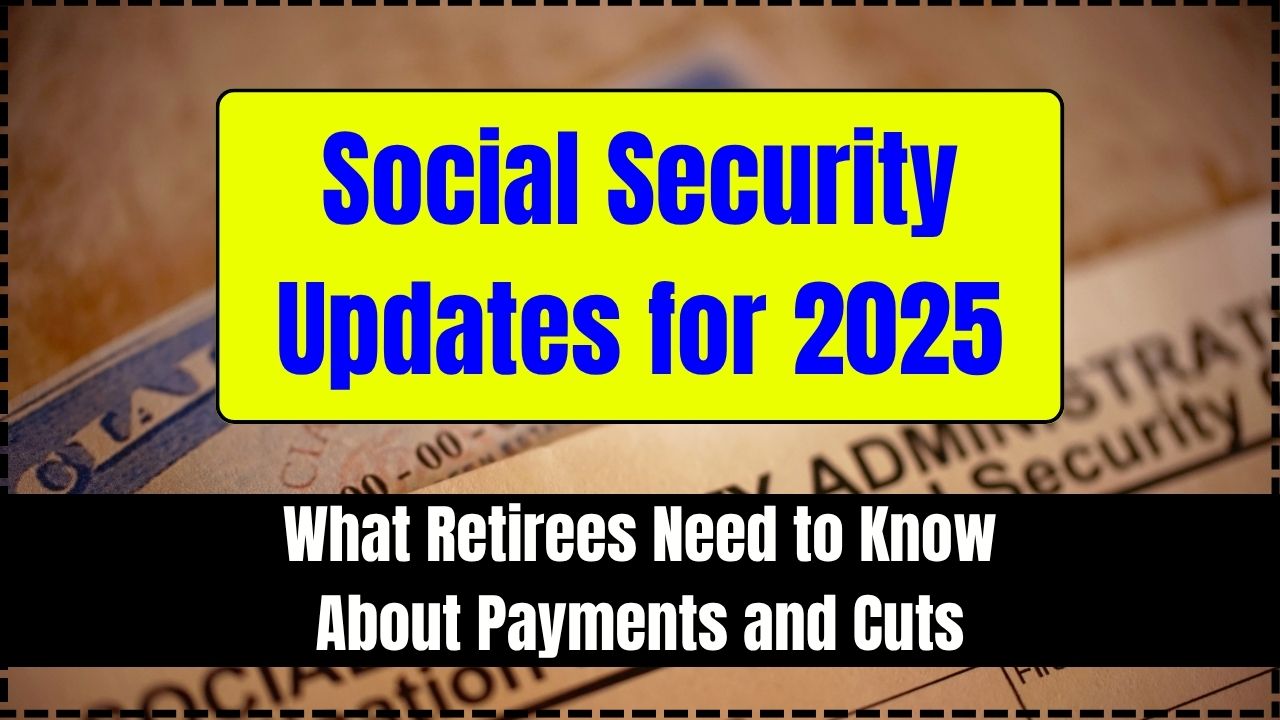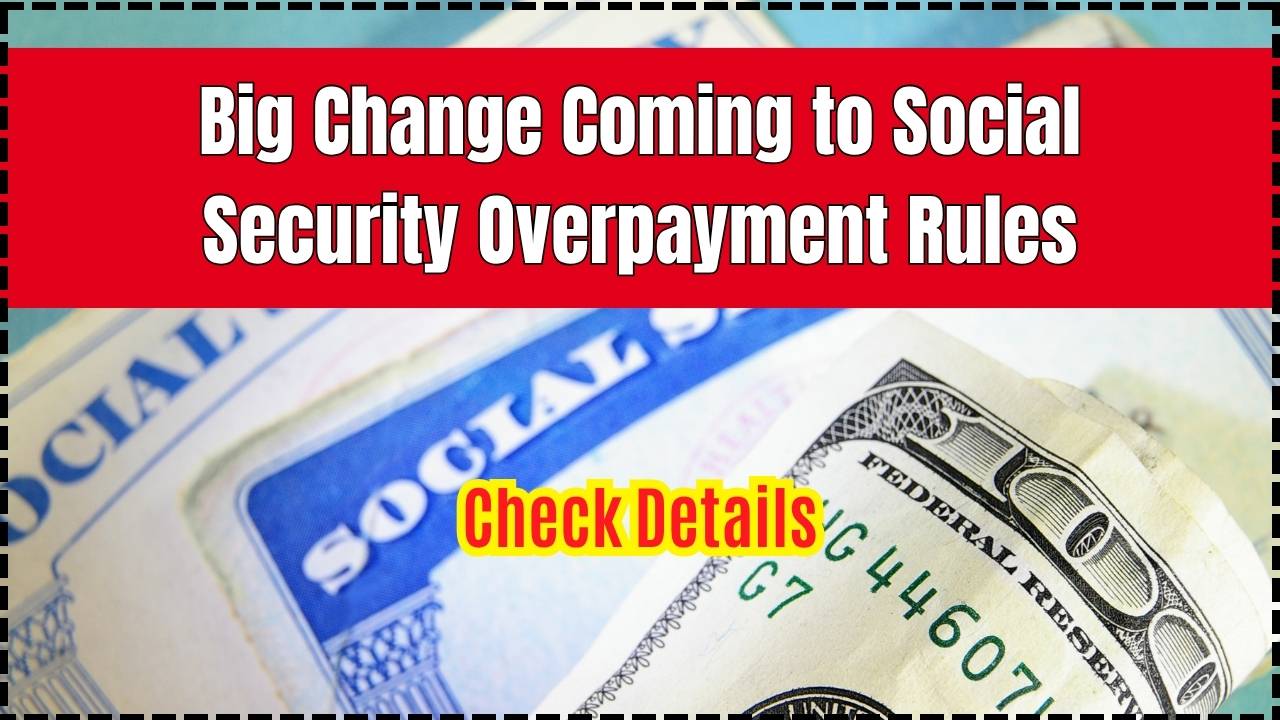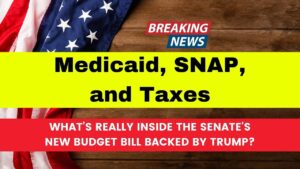Pristine Credit Rating Over Soaring Debt: On May 16, 2025, Moody’s Investors Service shook the financial world by downgrading the United States’ credit rating from the highest level of Aaa to Aa1. This marks the first time in over a century that America has lost its final “perfect” credit badge from a major ratings agency. According to Moody’s, the downgrade stems from a dangerous cocktail of ballooning national debt, massive and unsustainable interest payments, and relentless political gridlock in Washington. So, what does this really mean for you, me, and the global economy? Let’s break it down in simple terms.

Pristine Credit Rating Over Soaring Debt
| Detail | Summary |
|---|---|
| Credit Rating | Downgraded from Aaa to Aa1 by Moody’s |
| Debt Level | U.S. national debt surpasses $36 trillion, projected to hit 134% of GDP by 2035 |
| Interest Payments | Over $1 trillion yearly, outpacing the defense budget |
| Deficit Outlook | Federal deficit expected to grow to nearly 9% of GDP by 2035 |
| Political Gridlock | Persistent legislative stalemates preventing reform |
| Market Impact | Higher interest rates, market jitters, and global confidence shakeup |
| Official Source | Moody’s Investors Service |
Moody’s downgrade of the U.S. credit rating is more than just a headline—it’s a sobering indicator of America’s deepening fiscal woes. With debt piling up, interest payments ballooning, and Congress locked in dysfunction, this move shines a harsh spotlight on the need for urgent reform. Everyday Americans should brace for higher borrowing costs, a shakier economy, and potentially fewer public services. The hope? That Washington finally takes the hint and acts before the next downgrade hits even harder.
What Exactly Is a Credit Rating, and Why Should You Care?
Imagine a credit rating like a financial trust score for a country. It tells lenders how safe it is to lend money to a government. An Aaa rating means, “You’re golden, your checks always clear.” A downgrade to Aa1, though still considered high-quality, signals rising risk.
Much like how your credit score affects your ability to borrow money, a lower credit rating for the U.S. means higher borrowing costs for the government. And that ripple effect hits everything—from mortgage rates and student loans to small business financing and corporate credit lines.
Why Did Moody’s Finally Pull the Plug on the U.S. Aaa Rating?
1. Ballooning Debt and Soaring Interest Costs
According to Reuters, America’s national debt has climbed above $36 trillion, with projections showing it might surge to 134% of GDP by 2035. That means we’re borrowing more than our entire economy produces in a year.
Worse still, the U.S. government is now spending over $1 trillion annually just to pay interest on that debt. That’s more than we spend on the entire defense budget. Think about that—just interest payments eating up taxpayer dollars before we even build a single road, fund a single school, or buy a single tank.
2. Runaway Budget Deficits
The budget deficit—essentially the annual shortfall between what the government earns and spends—hit 6.4% of GDP in 2024, and it’s not slowing down. If no action is taken, analysts say it could reach nearly 9% of GDP by 2035. That’s the kind of imbalance you might expect from a struggling developing country—not the world’s largest economy.
3. No Political Will to Change Course
Let’s face it, Washington is stuck. Years of political infighting, polarization, and short-term election cycles have made long-term fiscal planning nearly impossible. Moody’s specifically pointed to the failure of President Trump’s recent tax proposal—which aimed to extend the 2017 tax cuts—as a red flag. The proposal was shot down in the House Budget Committee due to its potential to inflate the deficit by $4 trillion over the next decade.
What’s the Historical Context?
This is not the first time a major agency has pulled the plug on the U.S.’s triple-A credit status. Standard & Poor’s downgraded America in 2011, and Fitch followed in 2023. Moody’s had held out—until now. This downgrade officially ends America’s era of universal triple-A credit ratings from the Big Three agencies.
While the downgrade is mostly symbolic, it’s also a major signal to investors and foreign governments. It could eventually lead to higher long-term interest rates, impact the U.S. dollar’s dominance, and increase the cost of everything from federal programs to private loans.
How Does This Affect the Average American?
1. Interest Rates Could Rise Across the Board
From student loans to mortgages to car payments, interest rates could inch upward. This would make borrowing more expensive and stretch family budgets even further. Already dealing with inflation? This might pile on more financial pressure.
2. Market Uncertainty and Volatility
Investors hate instability. This downgrade could shake investor confidence, spark stock market swings, and affect 401(k) and retirement plans. The market’s reaction might not be immediate or drastic, but it adds uncertainty that investors will be watching closely.
3. U.S. Prestige and Global Trust
America has long been viewed as a “safe haven”—a place to park money during global turbulence. But this downgrade chips away at that trust. While the U.S. dollar remains dominant, if investors begin doubting America’s creditworthiness, it could weaken our position on the world stage.
What Are Financial Experts and Analysts Saying?
Some economists, like those quoted by Barron’s, are calling this downgrade a wake-up call for policymakers. While others argue that global demand for U.S. debt won’t collapse overnight, they agree that Washington’s fiscal credibility is wearing thin.
The White House responded with sharp criticism, blaming past administrations and stressing its commitment to reducing waste and working with Congress on fiscal reforms. But Wall Street remains skeptical unless real bipartisan solutions start showing up on paper.
What Happens Next, and Should You Be Worried?
Moody’s Outlook Remains “Stable”—But for How Long?
Moody’s stated that its current Aa1 rating comes with a “stable outlook”, meaning they don’t expect to downgrade again soon. However, without concrete plans to reduce debt, that outlook could quickly shift.
Urgency for Fiscal Reform Has Never Been Greater
Experts suggest it’s time for serious decisions. That includes:
- Reevaluating entitlement programs like Social Security and Medicare.
- Restructuring tax policies to increase revenue.
- Enacting spending caps to rein in the federal budget.
Without action, the risks include currency devaluation, rising inflation, and a potential credit crisis. We’re not at the cliff yet, but we’re moving toward it—fast.
FAQs About Pristine Credit Rating Over Soaring Debt
Q1: Will this downgrade affect my personal credit score?
Not directly. This downgrade is for the federal government. But you might feel the effects through higher interest rates or tighter lending policies.
Q2: Could this trigger a financial meltdown?
Not immediately, but if the downgrade shakes investor confidence and borrowing costs spike, it could eventually ripple into broader markets.
Q3: What should the government do to fix this?
A bipartisan plan to curb spending, boost revenues, and reform taxes is critical. Without it, we risk further downgrades and global financial instability.
Q4: Is this the first time America’s credit was downgraded?
No. S&P did it in 2011, Fitch followed in 2023, and now Moody’s. But this is the first time all three agencies have downgraded the U.S.
Q5: Should I change my investment strategy?
Possibly. Speak with a financial advisor about diversifying your portfolio and bracing for potential market shifts.











